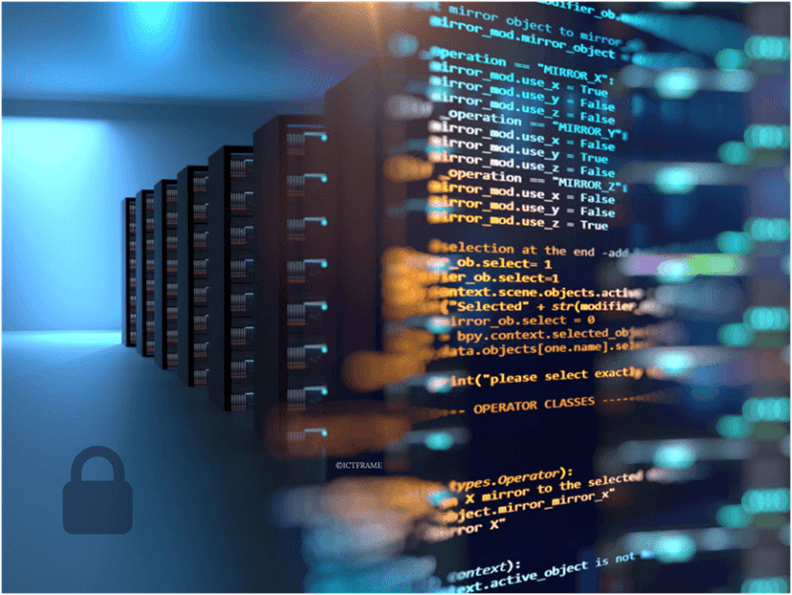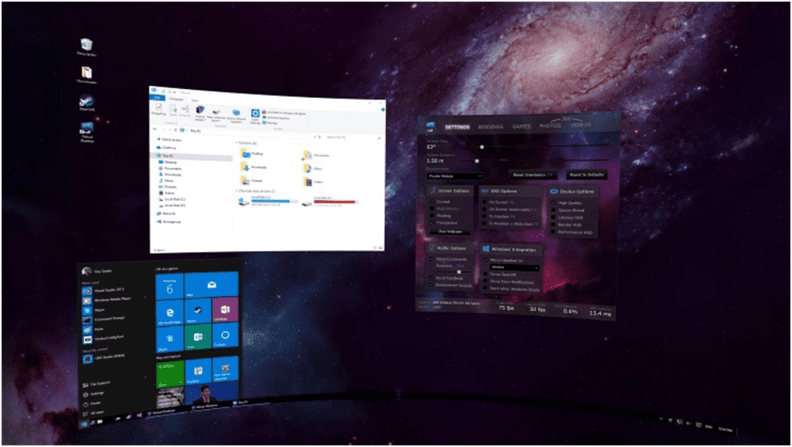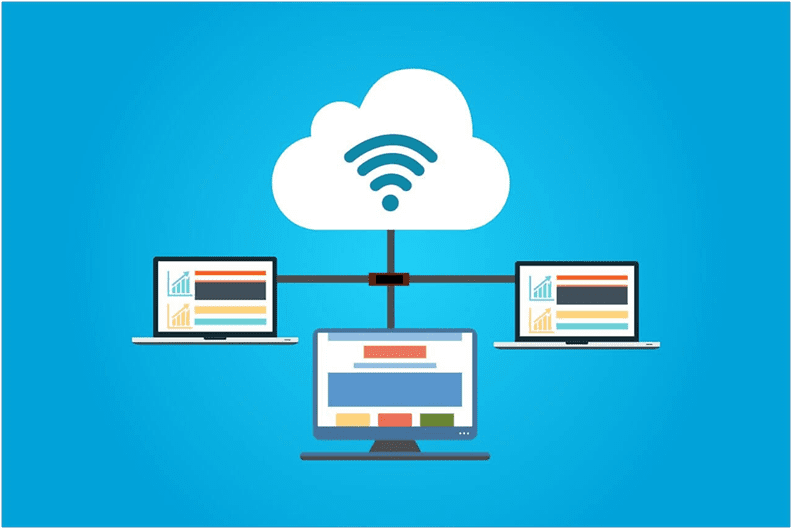Cybersecurity Landscape is Changing and It is Inevitable
10th July 2020, Kathmandu
There’s no running away from the fact that the security of our systems and applications can be quite vulnerable.
In fact, it is evident from the incidents of cryptocurrency mining, data breaches, and website defacing around the world.
With this, more individuals and organizations are realizing what they lack which ultimately results in the change in cybersecurity landscape as we know it.
According to a report by the Australian Cybersecurity Growth Network, the global market of cybersecurity may rise to $270 billion by 2026.
This signals to the inclusion of cybersecurity as a major priority in organizations.
In most ways, COVID-19 has become a trigger to take serious measures for safety or both health and cyberspace.
Also, Read Cybersecurity at Priority in the Forthcoming Budget!
So, let’s see how the digital shift will bring upon the global change in the cybersecurity landscape.
How will the Cybersecurity Landscape Change in the Near Future?
Biometric Security and Authentication on the Rise
Two-factor and multi-factor authentications have become an integral part of protecting data privacy. These methods rely on usernames and passwords, which means hackers target individuals in order to exploit their weaknesses.
Thus, identity protection needs to be the topmost priority with authentication systems focusing on “who you are”.
This means that soon enough, organizations may roll out advanced biometric solutions to protect the identity of employees. These include fingerprint/handprint, retina/iris scan, voice, and facial recognition.
Adoption of Virtual Desktop
With remote working likely to become the new normal, companies need to ensure the security baseline and management standards.
Adopting a virtual desktop could help prevent cyber risks while accessing work resources from the home network and computer.
Firstly, it is important to understand the concept of a virtual desktop.
A virtual computer basically emulates another device. This means that you can access your work computer remotely and avoid the risk of mixing personal and professional data.
With remote workers operating outside the safety of a corporate network, the adoption of virtual desktops could be a befitting solution.
The surge in Decentralized Cybersecurity
Traditionally, cybersecurity controls followed a centralized approach for consolidating data from different sources. The centralized system was used to perform analysis and investigation.
However, the swift digitalization will likely shift the security controls to data sources. This trend is heavily practiced in IoT.
To keep the cyber threats at bay, greater emphasis will be given to decentralized cybersecurity.
Likewise, the data sources such as actual remote employees will get more attention since they are the greatest assets of an organization.
Greater Priority to the Cloud
Cloud storage always has been a seamless and convenient way to store and access data and applications.
With security challenges emerging from all directions, concerned authorities are likely to invest more in securing the cloud platforms.
New Wave of Innovative Technologies
Many countries still have a strict order for maintaining social distancing. In fact, it is unlikely to change in the near foreseeable future.
Technologies like Artificial Intelligence and Machine Learning will see greater adoption. Similarly, AR/VR is more likely to thrive in the post-pandemic world.
Video conferencing will still be preferred.
Furthermore, any technology that minimizes physical interaction will gain popularity.
Cybersecurity Job Demands on the Rise
It’s not surprising that companies are now driving their attention and investment towards cybersecurity.
No matter how secure systems we make, or how much safety measures we follow, hackers find a way to exploit our weaknesses.
In such times, we need frontline defenders!
With more people gaining awareness, their interest in the cybersecurity domain has also peaked.
According to Cybersecurity Ventures, there will be 3.5 million unfilled cybersecurity jobs globally by 2021.
This means that companies are hiring! They also need to strengthen and enhance data privacy, which is one of the greatest accomplishments of the pandemic in the cyberspace.
Suggested Reads:
Dedicated Cybersecurity Company From Nepal
Why Is The Cybersecurity Of Nepalese Banks So Weak?
Data Privacy and Protection: The Importance of Proper Policies and Guidelines










